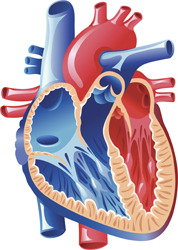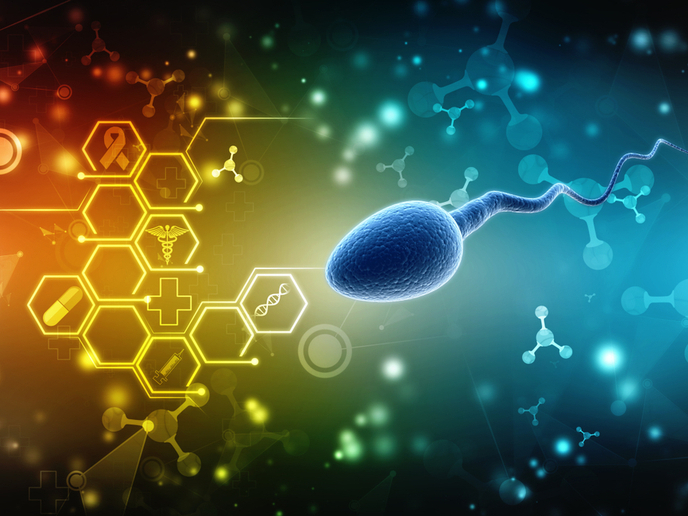The cause for a split heart
Congenital heart disease is a common inborn malformation, occurring in approximately 1 % of infants and resulting in embryonic lethality. Cardia bifida constitutes such a cardiac malformation incompatible with early life and is best described by a split heart, the formation of two cardiac cylinders rather than one. The heart cannot be connected to the vasculature properly, thereby prohibiting proper blood circulation and nutrition of the developing embryo.At the cellular level, cardia bifida could emerge as a result of improper cell migration or differentiation during development. However, which molecular events drive these processes remains largely unknown.Based on this, the key scientific objective of the EU-funded project 'Constitutive receptor desensitization as molecular mechanism underlying cardia bifida' (GPCR DESENSITIZATION) was to investigate the molecular mechanism leading to a cardia bifida. Using zebrafish as a model, researchers studied a specific mutation in the fish occurring in a G protein-coupled receptor.Receptors are usually proteins spanning a cellular membrane and act as antennae for the reception of external stimuli. They pass the information in the inside of the cell through a cascade of events that involve numerous proteins and molecules. Some of these receptors interact with G proteins that have the unique ability to inactivate the receptor following stimulation, thereby controlling the cell from over-stimulation.Researchers performed a series of in vitro experiments to link the phenotype of cardia bifida with such receptor desensitisation. The particular mutation was associated with the so-called DRY (glutamic acid/aspartic acid, arginine, tyrosine) motif of the receptors known to mediate G protein-dependent signalling. Delineation of the mechanistic details indicated that this mutation results in constitutive receptor inactivation, impairing heart development in the embryo and leading to the lethal malformation of cardia bifida.The GPCR DESENSITIZATION study is a proof of how studies in model organisms could offer invaluable insight regarding the genetic and mechanistic aetiology of various human diseases. Importantly, this information advances our knowledge and understanding of heart development.







